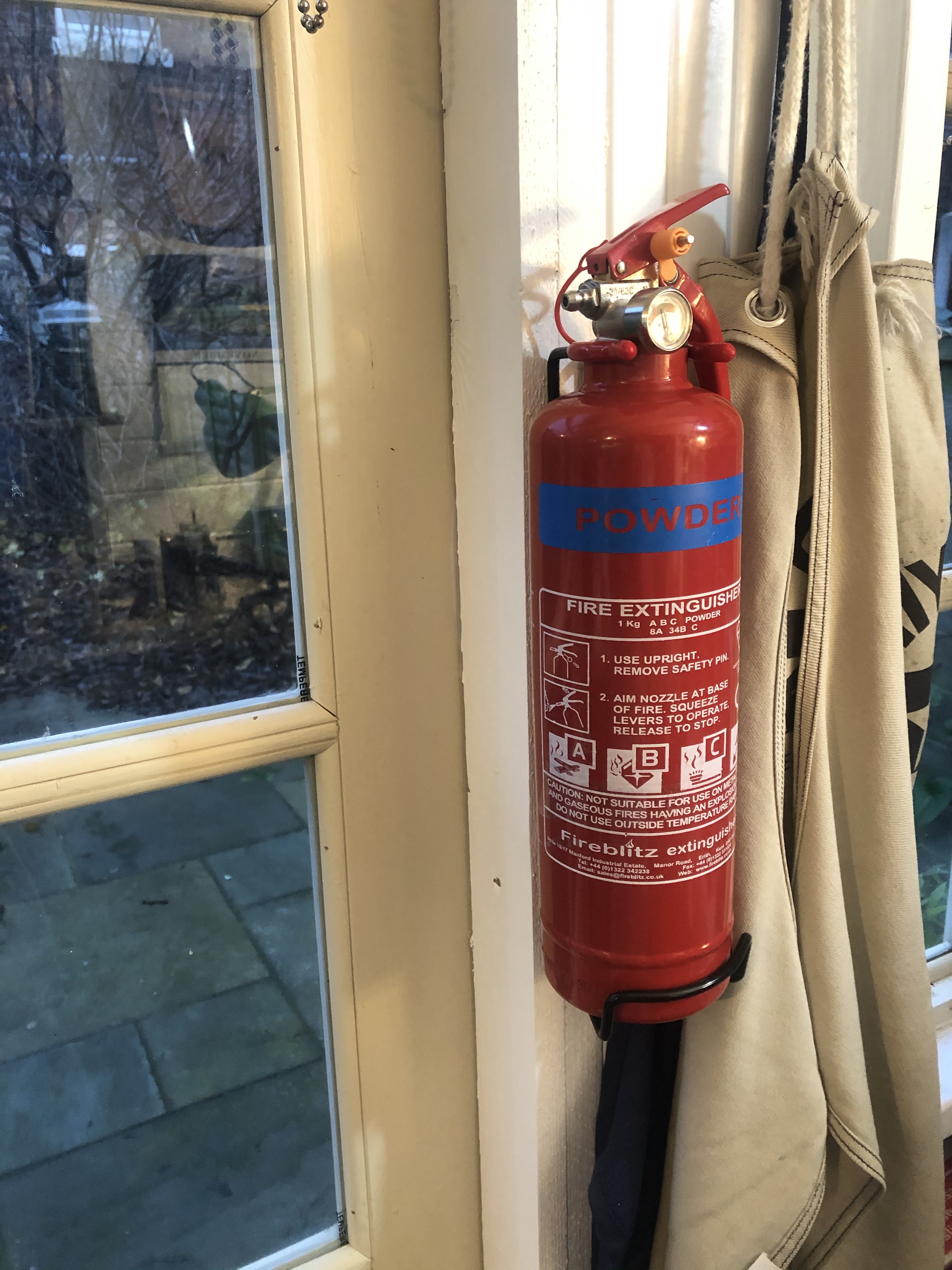Some time ago my friend (and former colleague) Mat Bailey contacted me to ask if I’d like some Matchbox kits that had belonged to his grandfather. After some delay (thanks Pally!) I brought them home recently.
If you built any models in the 70s you’ll recognise the style of box instantly. People rightly revere Roy Cross’s Airfix box tops but Matchbox’s should not be forgotten. I loved them as a kid.

Here’s the Fury and Mustang tops.


I built the Mustang when I was a boy, and although I can’t remember building it, the Fury artwork is very familiar, so I assume I did at some point.
If you’re familiar with Matchbox kits you’ll remember they were moulded in two or three colours of plastic, which for a seven year old was very exciting. And look, no paint needed!

I’m not sure of the date of issue of these particular copies, but the moulds are copyrighted in 1973 and 1974. I wonder if these were ‘pocket money’ prices then? And who was Keith O’Loughlin? Given the source of most of my kits back then I’ll bet he was a newsagent, and you could pick up a five pence mix to eat while you built the model.


Years ahead of their time, the overall painting instructions were in full colour, with detail pictures, again in colour, around the outside of the box.
These days I’m more than slightly sceptical about the claim of not needing paint, but I was far more accepting when I was seven.

The plastic itself is lovely. Although the panel lines are the older raised style, the parts themselves are crisply moulded, and nicely detailed, even by modern standards. Indeed, Revell are still issuing kits from these moulds, albeit in one colour, so you WILL need to paint them! (There’s even an attempt at a colour instruction booklet, along with some modelling hints and tips to get you going. (I invariably ignored the advice to not apply too much glue.))


Larger kits had even had a window in the back of the box so that you check out the ‘skill’ multi-coloured plastic, as we’d have labelled it then. (And the ‘ace’ positionable stand. So much more fun than Airfix’s rigid counterpart.)
‘Airfix’ has passsed in to general use like ‘Hoover’ has, as noun rather than a brand, but Matchbox kits were equally as good, if not better at times, and certainly very enticing for youngsters when browsing for a weekend project. I’m sure there are many modellers out there who cut their teeth on as many Matchbox kits as Airfix (or Frog).
Poring over these kits has been a really memory provoking event, not just of the kits themselves, but of all those Saturday afternoons at my nan and grandad’s, with Dickie Davis presenting World of Sport before a buffet tea with The Generation Game. Many thanks to Mat for that, it’s as much fun as the kits themselves.
It will be a shame to ‘spoil’ the pristine kits by building them, but I’m a builder rather than a collector, and I’m sure Mat would like to see them built. I have a couple of ideas of how to finish them, and present them with the boxes and instructions, and I’ll be moving on to these as soon as the Vulcan is finished.













